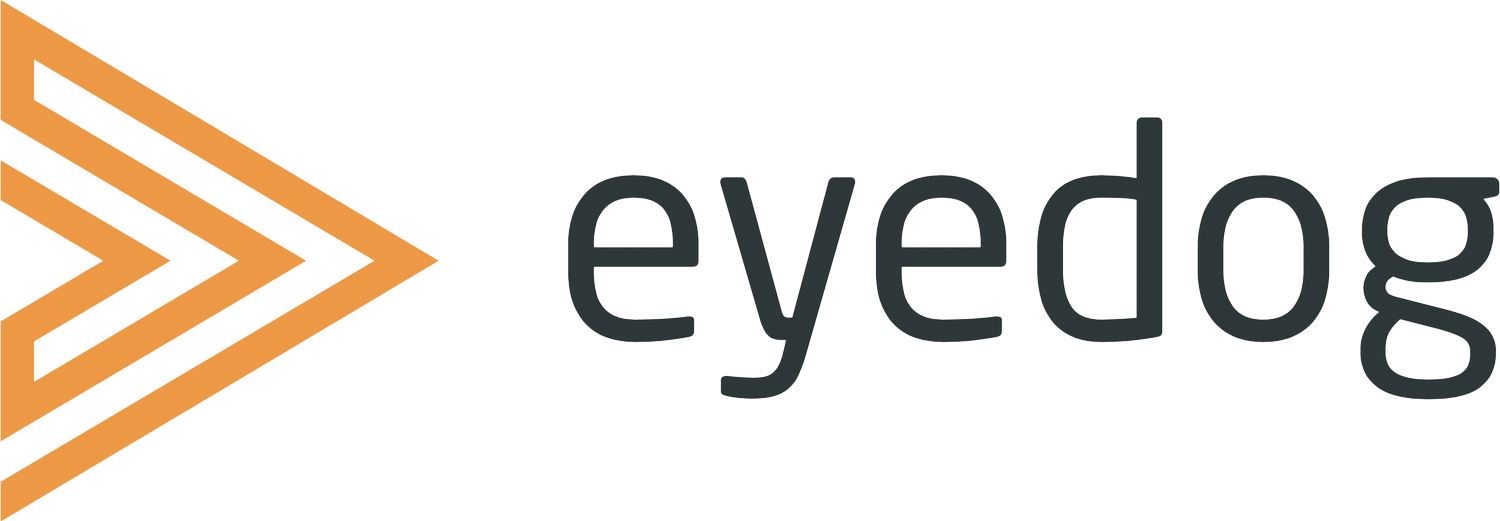The True Cost of Poor Wayfinding in Hospitals: Breaking Down the Numbers
The Costs of Confusion are significant
When we think about inefficiencies in hospitals, we often consider staff shortages, outdated equipment, or administrative bottlenecks. But one hidden and costly problem affects nearly every hospital: poor wayfinding.
A confusing wayfinding system—signs, maps, and directions that are unclear or inconsistent—does not just cause frustration. It costs hospitals hundreds of thousands of dollars per year in lost productivity, inefficiencies, and wasted staff time.
In a landmark 1990 study, researcher Zimring (1) analyzed the financial and human costs of poor wayfinding at Emory University Hospital. His findings were eye-opening:
Annual cost of poor wayfinding: $220,000+ per year
Lost staff time due to giving directions: Over 4,500 hours per year
Cost per hospital bed per year: $448
Amount spent annually on wayfinding problems was greater than the cost of fixing them
But this was in 1990; 35 years ago!
“Perhaps most important are the human costs resulting from a poor wayfinding system. How much are the tears of the old woman worth, helplessly trying to find her way back from the cafeteria? How much is the time worth of the wife of the cardiac patient, spending a helpless half-hour trying to find her car so that she can grab a quick meal away from the hospital?”
Let's adjust the costs from Zimring's 1990 study to 2025 price levels, accounting for inflation over the 35-year period. To update 1990 costs to 2025, we use the Consumer Price Index (CPI) data. The CPI measures the average change over time in the prices paid by consumers for goods and services. According to the U.S. Bureau of Labor Statistics, the CPI in 1990 was 130.7, and it is projected to be approximately 315.6 in 2025. This represents a cumulative inflation rate of about 141.5% over the period.
Total Annual Cost Due to Poor Wayfinding:
1990 Total: $220,556
2025 Adjusted Total: $220,556 × (315.6 / 130.7) ≈ $556,000
Cost Per Hospital Bed:
1990 Cost: $448
2025 Adjusted Cost: $448 × (315.6 / 130.7) ≈ $1,100
Adjusting for inflation, the annual costs associated with poor wayfinding at Emory University Hospital would be approximately $556,000 in 2025
How Poor Wayfinding Costs Hospitals Money - Breaking Down the Numbers
Let’s break down these costs and see why hospitals should take wayfinding seriously as an investment rather than a minor inconvenience.
Hospitals pay for bad wayfinding in several ways:
Staff Time Spent Giving Directions – $166,000 per Year (2025 price level)
In hospitals with poor signage and unclear maps, staff are constantly stopped and asked for directions. This might seem trivial, but when you add up the time spent, it becomes a major financial drain.
4,500+ staff hours per year wasted
Equivalent to 2+ full-time employees dedicated solely to giving directions
30.7% of the total wayfinding cost
Instead of focusing on patient care or administrative work, hospital personnel lose productivity guiding lost visitors. This is especially problematic for nurses and doctors, who are already under pressure to manage patient workloads.
Information Desk Staffing – $308,000 per Year (2025 price level)
Hospitals must staff information desks 24/7 to assist lost patients and visitors.
58% of the total wayfinding cost
Salaries for staff working information desks
Security staff helping visitors after hours
While some level of assistance is always needed, much of this cost could be reduced if wayfinding systems were more intuitive and user-friendly.
Lateness Due to Navigation Issues – $58,000 per Year (2025 price level)
Wayfinding confusion does not just affect visitors—it also causes delays for hospital staff.
New employees arriving late for staff orientation due to navigation problems
Staff running late for meetings, patient appointments, and surgeries
Delayed services disrupt hospital workflows and reduce efficiency
This cost category was conservatively estimated, focusing only on orientation delays. If delays for meetings, medical rounds, and patient visits were included, the financial impact would be even greater.
Signage Maintenance and Replacement – $24,000+ per Year (2025 price level)
Hospitals with poor wayfinding often resort to band-aid solutions, such as:
Printing temporary paper signs
Replacing outdated signs piecemeal
Ordering new signs from different vendors without consistency
At Emory University Hospital, annual spending on wayfinding problems exceeded the cost of redesigning the system entirely. The hospital planned a one-time $150,000 investment in a new signage system—less than what they were spending each year just managing the confusion.
The Hidden Costs: Stress, Frustration, and Reputation
Beyond the direct financial impact, poor wayfinding damages the hospital experience for patients, visitors, and staff.
Increased patient and visitor stress – Lost and confused individuals feel anxious, especially in a medical setting where emotions are already high.
Wasted time for caregivers – Family members spend valuable time searching for patient rooms instead of being present with loved ones.
Lower hospital reputation – A confusing environment hurts patient satisfaction scores, potentially affecting funding and hospital rankings.
Zimring’s study highlighted heartbreaking examples, such as an elderly woman crying in frustration after getting lost on her way back from the cafeteria. These moments add up and influence how people perceive the hospital.
The Solution: Investing in Better Wayfinding Pays Off
Hospitals do not have to accept wayfinding confusion as an unavoidable problem. Many institutions have dramatically reduced costs and improved patient experience by investing in:
Clear, consistent signage – Standardizing terminology and placement of signs helps users easily understand directions.
Logical numbering and department names – Avoiding confusing labels (e.g., "Radiology," "X-Ray," and "Imaging Department" used interchangeably) prevents unnecessary confusion.
Technology integration – Digital wayfinding tools, such as smartphone wayfinding solutions, can further enhance the visitor experience.
The key takeaway? Every dollar/euro spent improving wayfinding, saves hospitals money in the long run. A one-time investment in a better system can eliminate the recurring yearly cost of staff inefficiencies, confusion, and lost time.
Final Thoughts: How Much Is Confusion Costing Your Hospital?
If a hospital is spending hundreds of thousands of dollars/euro’s every year on wayfinding inefficiencies, it is time to rethink priorities.
Imagine what that money could be used for instead:
Hiring more nurses and doctors
Upgrading medical equipment
Expanding patient services
Wayfinding is not just about signage—it is about efficiency, patient care, and financial responsibility. The cost of doing nothing is high. The cost of fixing it is an investment.
Does your hospital have a clear, intuitive wayfinding system? Or is confusion costing you more than you realize?
Literature
(1) Zimring, C. (1990). The costs of confusion: Non-monetary and monetary costs of the Emory University hospital wayfinding system. Georgia Institute of Technology.

